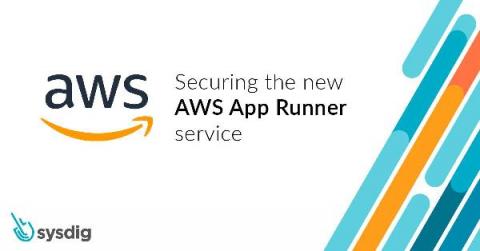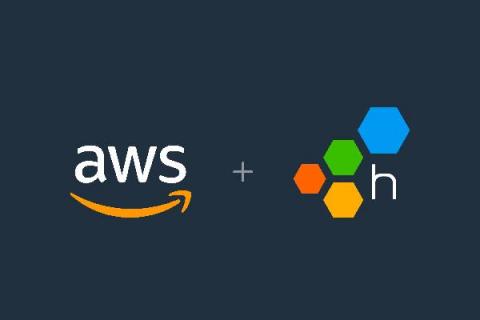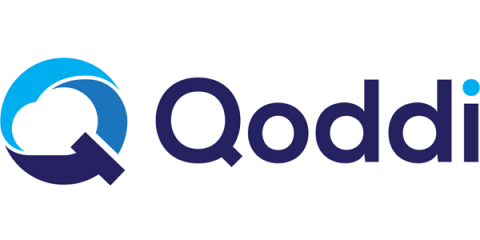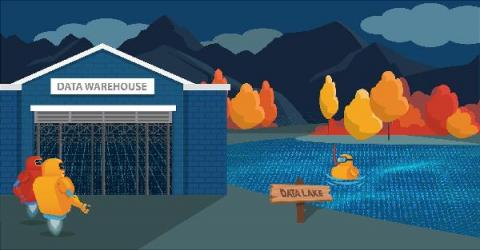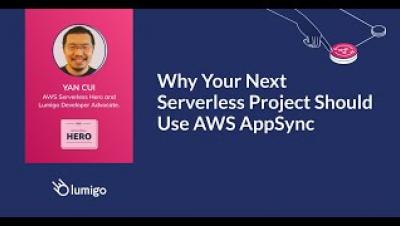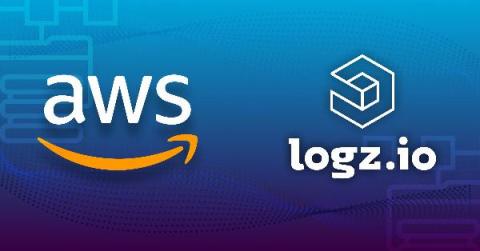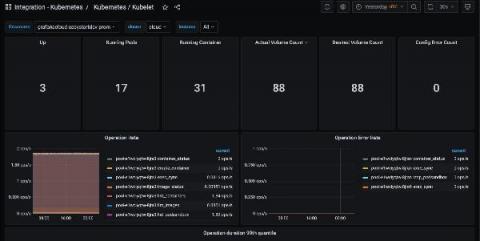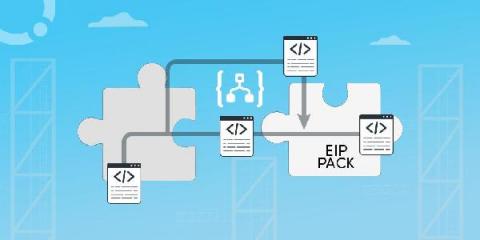Securing the new AWS App Runner service
In its mission to simplify building and running cloud-native applications for users, Amazon has announced the GA of AWS App Runner, a new purpose-built container application service. With security top of mind for most organizations shifting to the cloud, Sysdig has collaborated with AWS to enable threat detection for the new platform.


